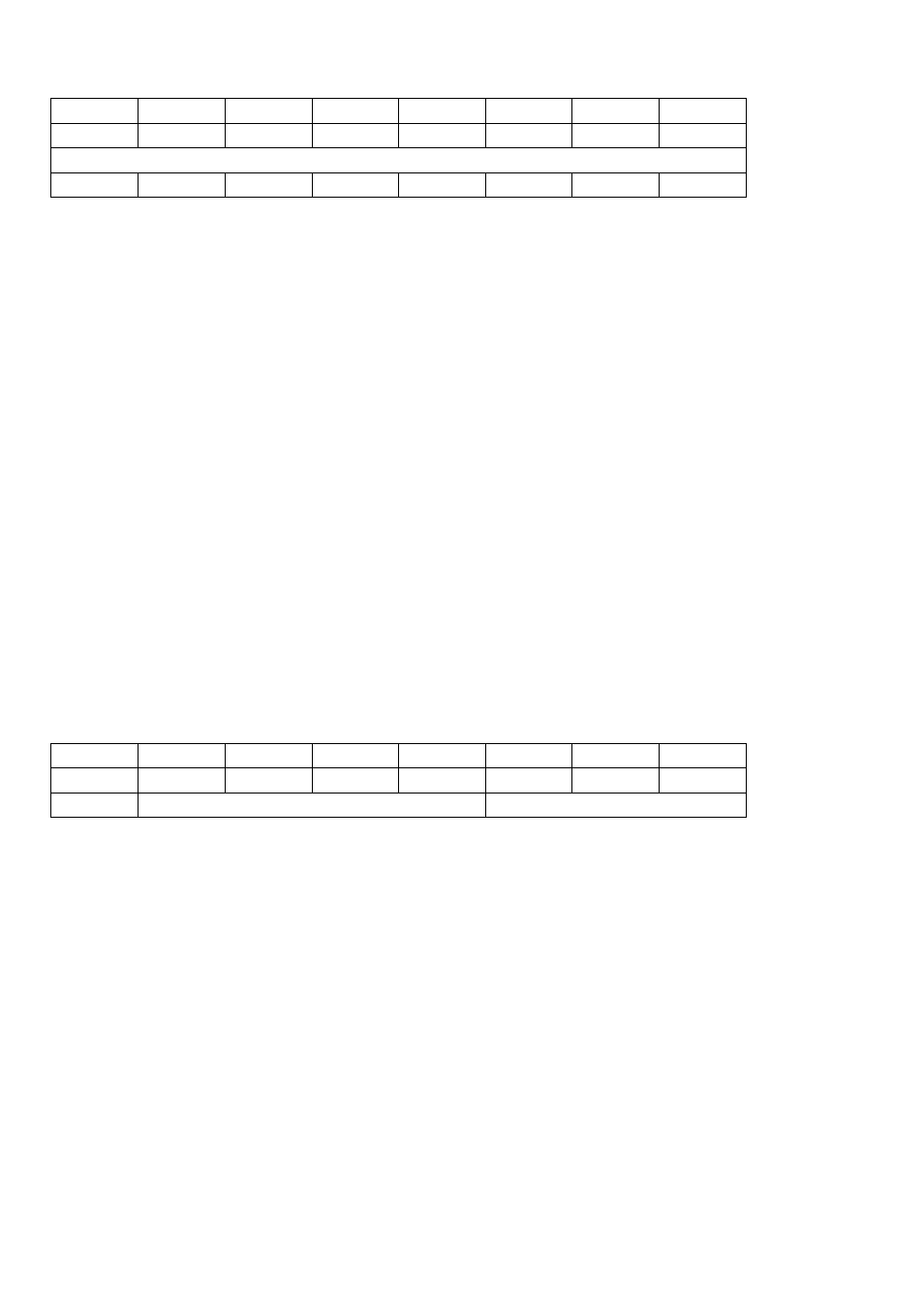Measurement Computing PPIO-DIO24H User Manual
Page 12

PORT C DATA
CL0
CL1
CL2
CL3
CH0
CH1
CH2
CH3
Or as
C0
C1
C2
C3
C4
C5
C6
C7
0
1
2
3
4
5
6
7
Port C may be used as one 8-bit port of either input or output, or it may be split into
two 4-bit ports which may be independently input or output. The notation for the
upper 4-bit port is CH3 to CH0, and for the lower, CL3 to CL0.
Although it may be split, every read and write to port C carries eight bits of data so
unwanted information must be ANDed out of reads, and writes must be ORed with the
current status of the other port.
OUTPUT PORTS
When 8255s (and emulators) are in mode 0 configuration, ports configured for output
hold the output data written to them. This output byte may be read back by reading a
port configured for output.
INPUT PORTS
When 8255s (and emulators) are in mode 0 configuration, ports configured for input
read the state of the input lines at the moment the read is executed. Transitions are not
latched.
CONTROL REGISTER
Group B
Group A
CL
B
M1
CH
A
M2
M3
MS
0
1
2
3
4
5
6
7
The I/O ports can be programmed to operate in Input or Output modes (mode 0).
When the PPIO is powered up or RESET, the ports are reset. This places all 24 lines
in Input mode. No further programming is needed to use the 24 lines as TTL inputs.
To program the ports for input or output modes, the following control code byte must
be assembled into an 8-bit byte.
MS = Not Applicable. Set to 0.
8
